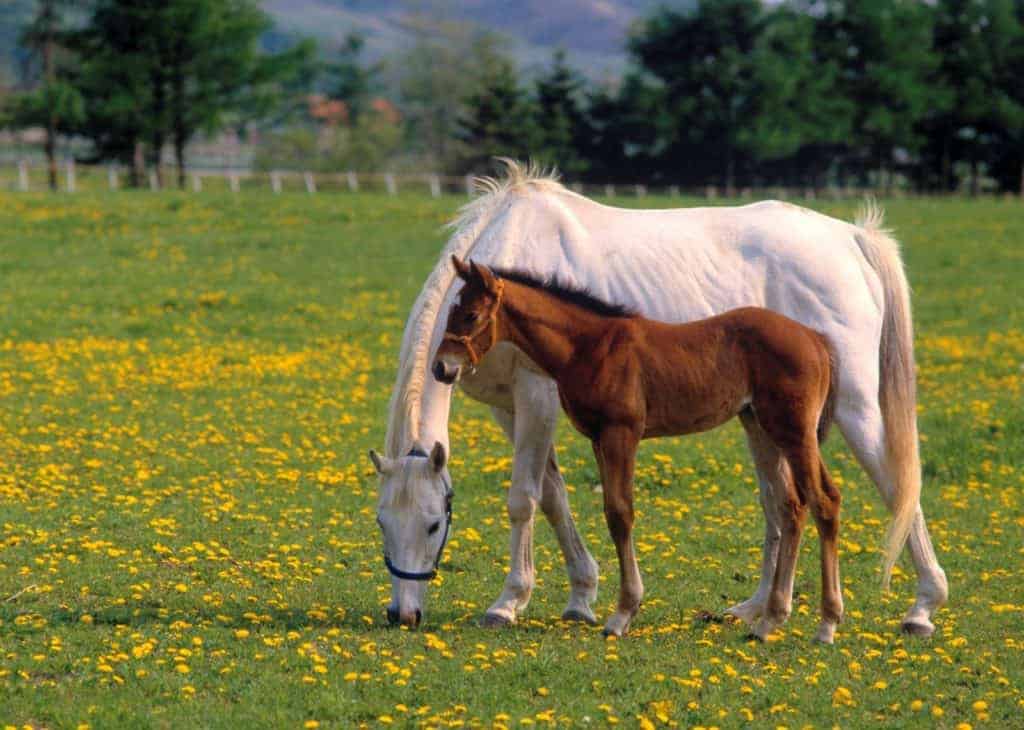International Equine Disease Report, First Quarter 2017
Confirmed diseases include influenza, EHV, strangles, nocardioform placentitis, piroplasmosis, EIA, and more.
Confirmed diseases include influenza, EHV, strangles, nocardioform placentitis, piroplasmosis, EIA, and more.

Genetic and genomic research could help veterinarians diagnose disease early and select more targeted treatments.

Unwanted behavior can have a significant impact on mares’ and fillies’ performance across a range of competition events.

The horse resided at a small private barn and, at this time, it appears that only a few horses could have been exposed.

Vaccination and biosecurity can help keep your horse healthy when you take him off the farm.

Causes of collapse in apparently healthy horses range from sleep deprivation and pain to muscle disorders and pregnancy.

Hormone concentrations can help diagnose reproductive problems, determine pregnancy status, and more.

Researchers found that over- and underfeeding can affect foals’ bone growth, metabolism, and testicular development.
The state Department of Agriculture is working with the equine industry and veterinarians to contain the diseases.

No additional EHM cases have been identified since the removal of the positive horse on April 21.

Researchers found that obesity appears to negatively impact mares’ follicles and oocytes and, thus, their fertility.

The 15-year-old Warmblood mare was euthanized after developing severe neurologic signs.

Oladunni is studying how equine herpesvirus-1 suppresses a host’s innate immune response.

Cases of EHV-related abortions from the 2017 foal crop have been confirmed in three Kentucky counties.

Dr. David Horohov, UK Gluck Equine Research Center director, gives a overview of vaccines and explains their importance.

The mainstays of biosecurity still center around good hygiene, diagnostics, quarantine, isolation, and traffic control.
Stay on top of the most recent Horse Health news with
"*" indicates required fields